TTRS
Touch-Type Read and Spell (TTRS) is an award-winning, multi-sensory learning platform designed to assist users in improving their touch-typing, reading, and spelling skills simultaneously. This educational tool was crafted with a special emphasis on supporting those with dyslexia, aligning its techniques closely with the Orton-Gillingham approach, which is highly recognized for its effectiveness in teaching learners with specific language difficulties. TTRS has been acclaimed for its innovative approach, earning endorsements from notable organizations such as the British Dyslexia Association and the Duke of Edinburgh's Award, highlighting its effectiveness in promoting literacy and typing skills (Touch-type Read and Spell (TTRS)) (ReadandSpell) (TTRS Online).
Differentiation: What Makes It Special
What sets TTRS apart from other ELA programs is its comprehensive, multi-sensory design that integrates visual, auditory, and kinesthetic learning strategies to enhance memory and learning. The program is structured around short, manageable modules that reinforce learning through repetition and immediate feedback, making it particularly beneficial for users with learning difficulties like dyslexia. Its flexible, web-based format allows users to access the program from any device, promoting ease of use and adaptability to various learning environments and needs (Touch-type Read and Spell (TTRS)) (ReadandSpell).
How to Get Started
To begin using TTRS, families can easily subscribe through the TTRS website, with options for monthly or annual plans. The setup process is user-friendly, allowing learners to quickly start with the basics of touch-typing and progressively move through levels that incorporate more complex spelling and grammar tasks (ReadandSpell).
How It Works
TTRS is designed for daily use, with each module taking only a few minutes to complete. Ideal usage is recommended at two to three modules per session, depending on the learner's pace. This structure makes it easy for homeschoolers to incorporate TTRS into their routine either as a standalone educational activity or as part of a broader curriculum. The program is largely self-guided, allowing learners to work independently, though parental oversight can enhance the learning process, especially in adjusting settings and tracking progress (Touch-type Read and Spell (TTRS)) (ReadandSpell).
What Educational Concepts It Teaches
Touch-typing skills
Spelling of complex words
Phonics awareness
Reading fluency
Grammar and punctuation basics
Vocabulary enhancement
Special Needs
Touch-Type Read and Spell (TTRS) is specifically designed to support a wide range of special needs, making it a versatile and effective tool for diverse learners. Here’s how TTRS can help:
Dyslexia: TTRS is highly effective for learners with dyslexia, leveraging a multi-sensory approach to enhance learning and retention.
Multi-sensory Approach: Combines visual, auditory, and kinesthetic learning methods to enhance memory and learning (Touch-type Read and Spell (TTRS)) (ReadandSpell).
Phonics-Based: Uses phonics to reinforce reading and spelling skills (Touch-type Read and Spell (TTRS)) (How to Homeschool).
Repetition and Reinforcement: Helps solidify knowledge through repetitive drills and immediate feedback (Touch-type Read and Spell (TTRS)) (ReadandSpell).
Parental Feedback: Parents have reported significant improvements in their children’s spelling and reading abilities, as well as increased confidence (Touch-type Read and Spell (TTRS)).
Dysgraphia: For learners with dysgraphia, TTRS offers an alternative to handwriting that reduces physical strain and frustration.
Typing Over Writing: Reduces the physical strain of handwriting by teaching typing skills (Touch-type Read and Spell (TTRS)) (TTRS Online).
Error Correction: Allows easy correction of mistakes, reducing frustration and improving writing quality (How to Homeschool) (Touch-type Read and Spell (TTRS)).
Muscle Memory: Reinforces spelling through muscle memory in the fingers (Touch-type Read and Spell (TTRS)) (Touch-type Read and Spell (TTRS)).
ADHD: TTRS helps learners with ADHD by maintaining their focus and engagement through structured and short modules.
Short, Manageable Modules: Keeps lessons short to maintain focus and avoid overwhelming the learner (Touch-type Read and Spell (TTRS)) (ReadandSpell).
Immediate Feedback: Provides instant results to keep learners engaged and motivated (TTRS Online) (Touch-type Read and Spell (TTRS)).
Independent Learning: Enables self-paced learning, which can help maintain interest and motivation (How to Homeschool) (Touch-type Read and Spell (TTRS)).
Autism: TTRS caters to the unique needs of autistic learners by providing a structured, sensory-friendly learning environment.
Structured Learning Environment: Provides a predictable and uniform structure in lessons, which helps autistic learners feel comfortable and safe (Touch-type Read and Spell (TTRS)) (Touch-type Read and Spell (TTRS)).
Adjustable Settings: Allows customization of screen color, text font, and display settings to meet sensory preferences (Touch-type Read and Spell (TTRS)) (ReadandSpell).
Visual and Auditory Reinforcement: Enhances learning by seeing and hearing the words, followed by typing them out (Touch-type Read and Spell (TTRS)) (ReadandSpell).
Dyspraxia: TTRS supports learners with dyspraxia by improving their fine motor skills and providing clear, step-by-step instructions.
Fine Motor Skills Development: Improves hand-eye coordination and fine motor skills through regular typing practice (Touch-type Read and Spell (TTRS)) (Touch-type Read and Spell (TTRS)).
Step-by-Step Guidance: Provides clear, guided instructions for each keystroke to facilitate learning (ReadandSpell) (Touch-type Read and Spell (TTRS)).
Flexible Pace: Allows learners to progress at their own speed, reducing pressure and frustration (Touch-type Read and Spell (TTRS)) (ReadandSpell).
ESL (English as a Second Language): TTRS is also beneficial for ESL learners, aiding in the development of English reading and spelling skills.
Phonics and Vocabulary Building: Helps learners improve their English reading and spelling skills (ReadandSpell) (How to Homeschool).
Pronunciation Practice: Reinforces correct pronunciation through auditory elements (Touch-type Read and Spell (TTRS)) (How to Homeschool).
Customizable Content: Allows teachers to add custom spelling lists and subjects tailored to ESL learners (Touch-type Read and Spell (TTRS)) (ReadandSpell).
Parents and educators have consistently praised TTRS for its ability to cater to special needs learners, noting improvements in literacy skills, confidence, and overall learning engagement (Touch-type Read and Spell (TTRS)) (ReadandSpell) (Touch-type Read and Spell (TTRS)).
What’s Good About It
Users generally laud TTRS for its engaging, effective approach to learning that significantly aids those with specific learning challenges. Its design encourages continual progress and motivation through visual and auditory reinforcement and real-time feedback, which helps to build confidence and literacy skills simultaneously (Touch-type Read and Spell (TTRS)) (TTRS Online).
What Could Be Improved
While TTRS offers substantial benefits, some users note that more personalization options could enhance its usability. This could include more varied content that caters to different interests and learning levels to keep engagement high across all ages (Touch-type Read and Spell (TTRS)) (TTRS Online).
Advice from Parents
Parents recommend establishing a consistent daily routine to get the most out of TTRS, emphasizing regular practice to build and reinforce typing and spelling skills. They also suggest integrating the typing exercises with current school projects to make the learning process more relevant and engaging for the learner (Touch-type Read and Spell (TTRS)) (TTRS Online).
Who It’s an Ideal Fit For
TTRS is particularly well-suited for learners who struggle with traditional learning methods, including those with dyslexia, ADHD, or other learning difficulties. Its structured, repetitive approach can significantly improve reading and spelling abilities in a supportive, low-pressure format (Touch-type Read and Spell (TTRS)) (ReadandSpell).
Who It’s Probably Not a Fit For
Learners who require more interactive or visually rich educational software might find TTRS less engaging. It is also less suitable for those who prefer less structured or more exploratory learning environments (Touch-type Read and Spell (TTRS)).
Grades
TTRS is designed to be accessible and beneficial for a broad range of ages, typically from elementary through adult learners (ReadandSpell).
Cost
The program is available via subscription, with costs ranging from approximately £99 per year for an annual subscription to £9.99 per month for monthly access (ReadandSpell).
Ways to Get It
TTRS can be accessed directly through their website, providing easy sign-up options for both new users and returning students. This accessibility ensures that users can begin or continue their learning journey from any location and on any compatible device (ReadandSpell) (Waterford City & Coun
Affiliate Disclaimer: Some links on our site are affiliate links, which means Modulo may earn a small commission if you purchase through them (at no cost to you). Rest assured, we only recommend resources we’ve rigorously vetted and truly love—affiliate link or not. Thank you so much for supporting our work!
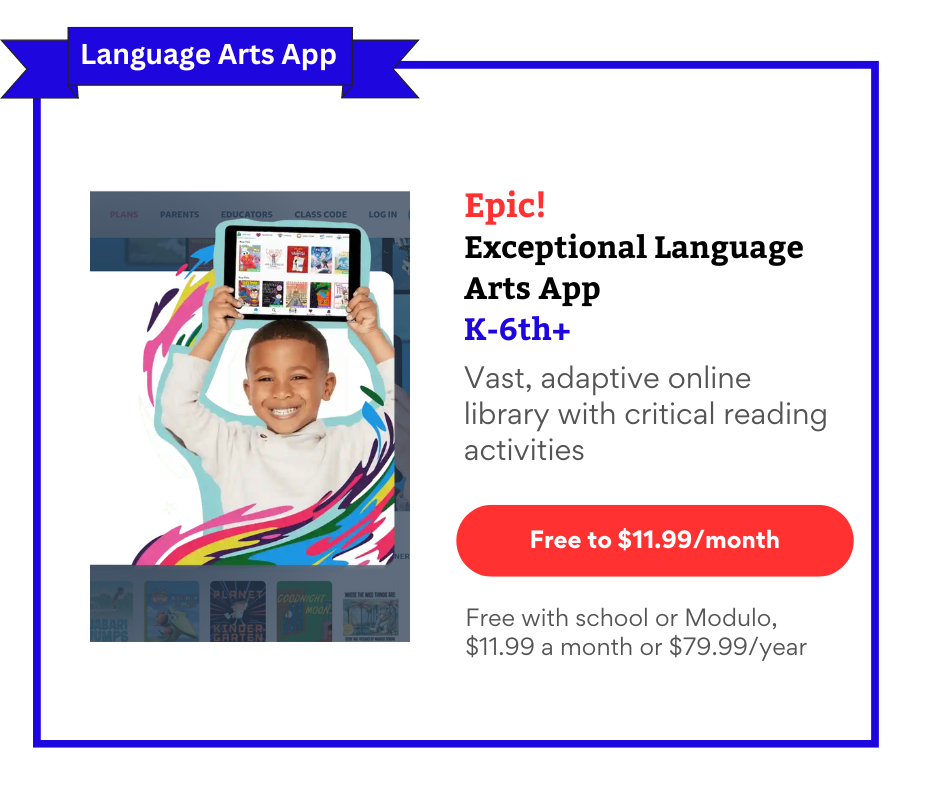



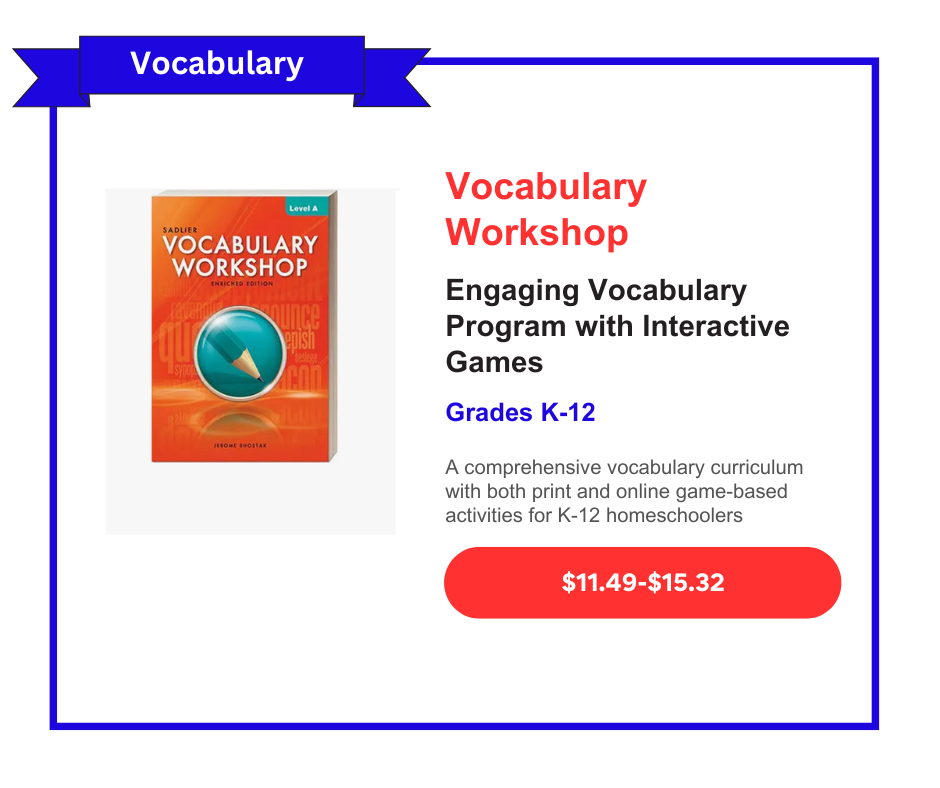
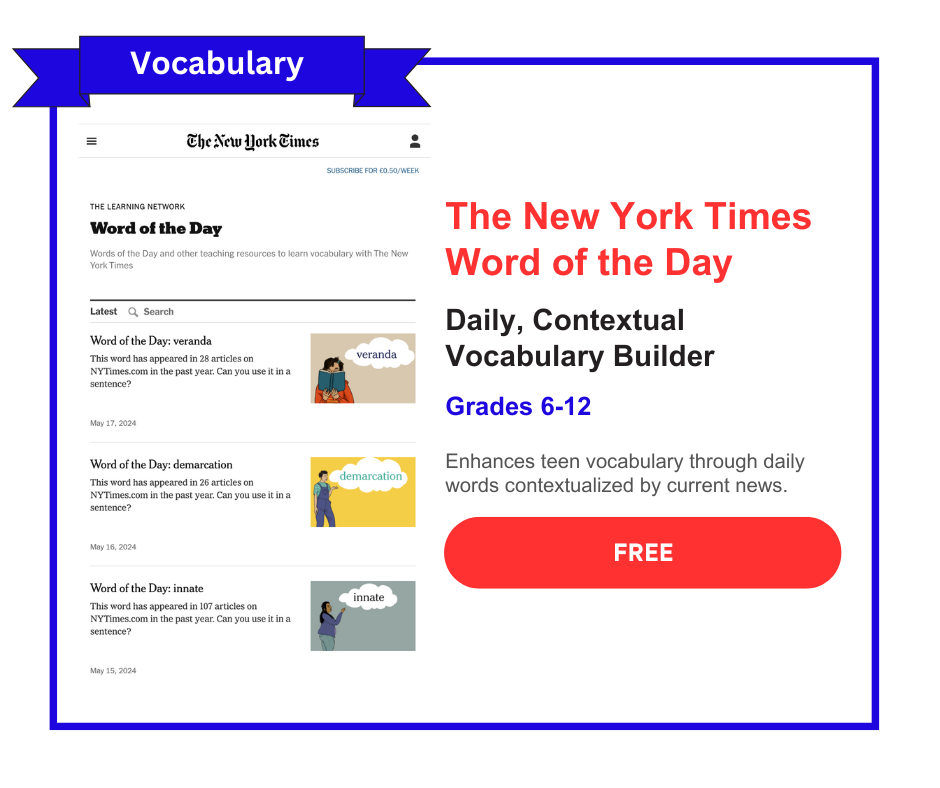
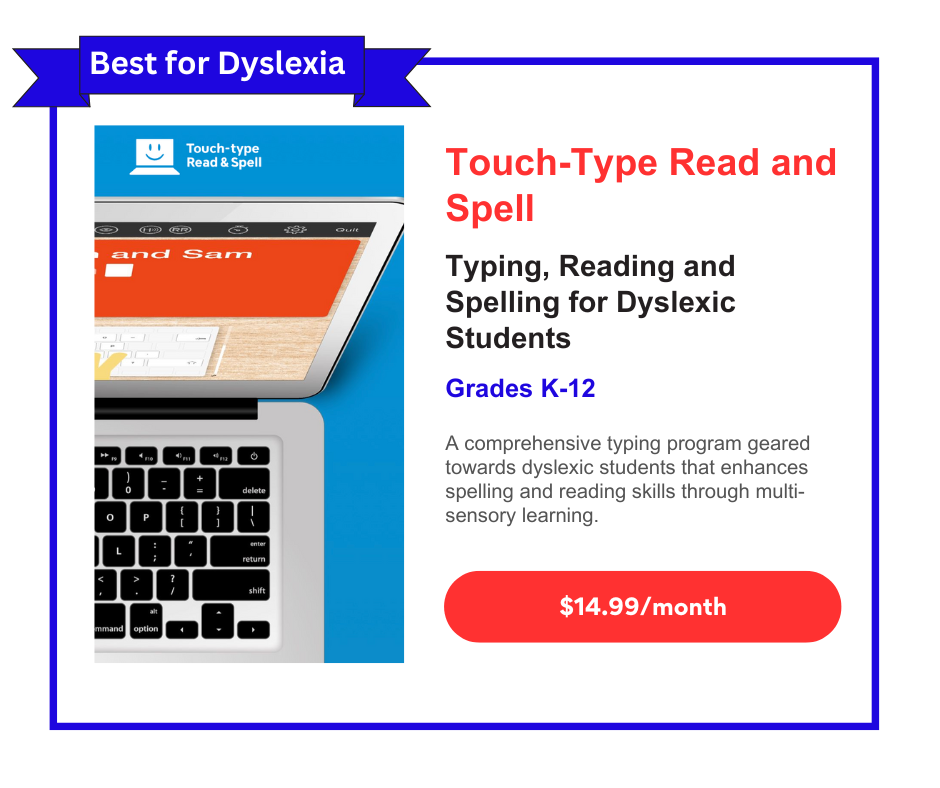
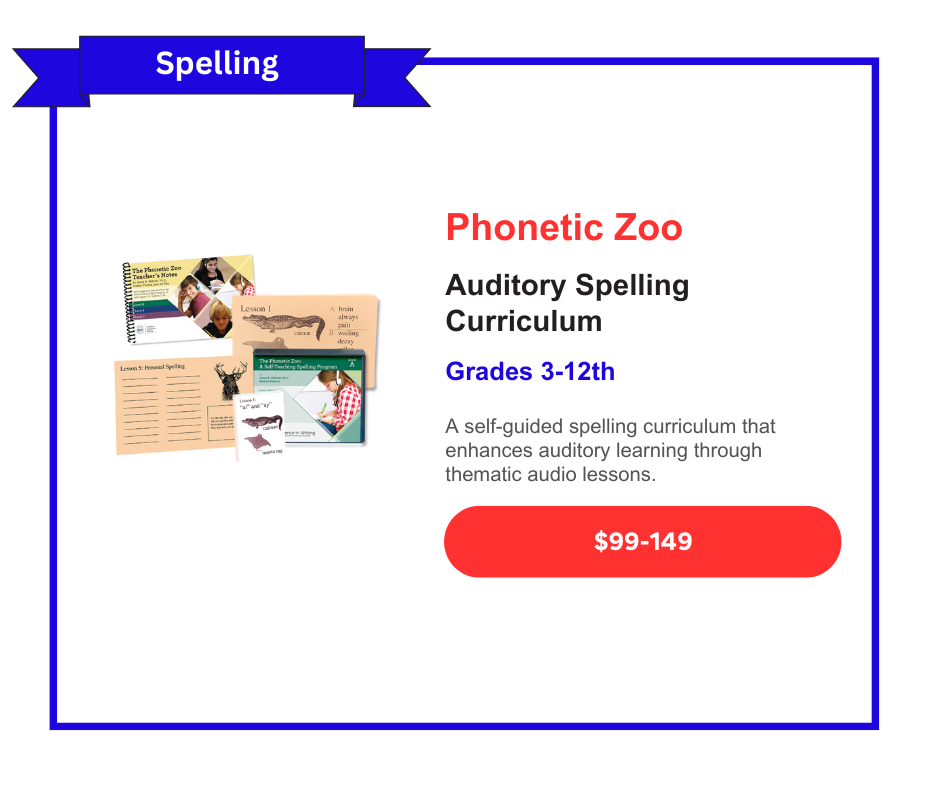


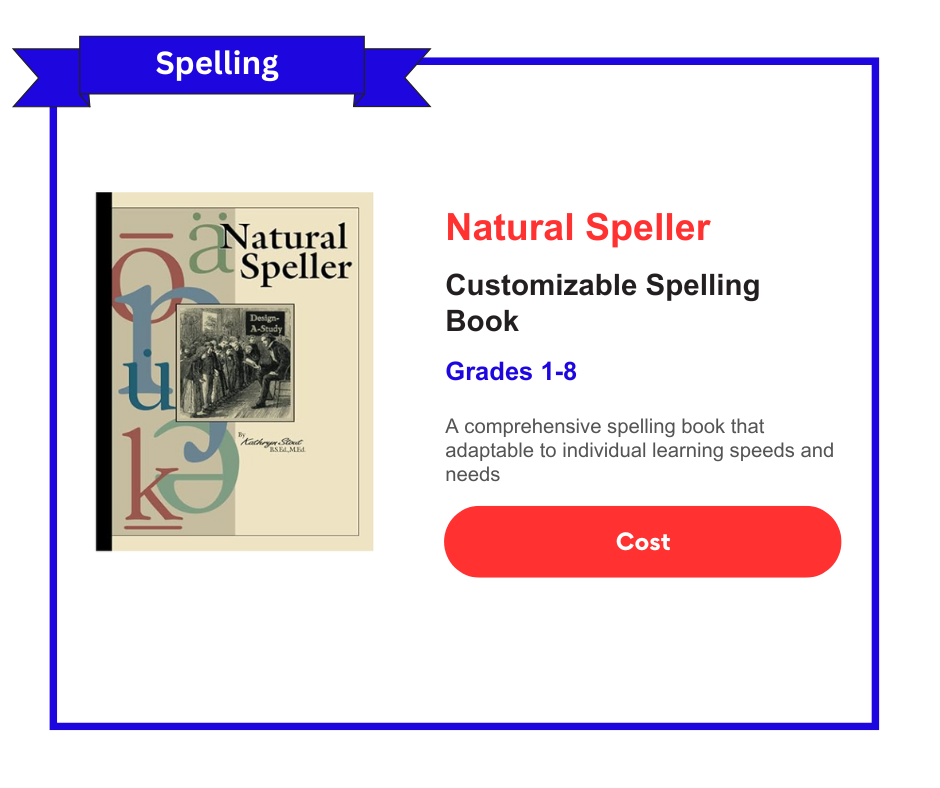

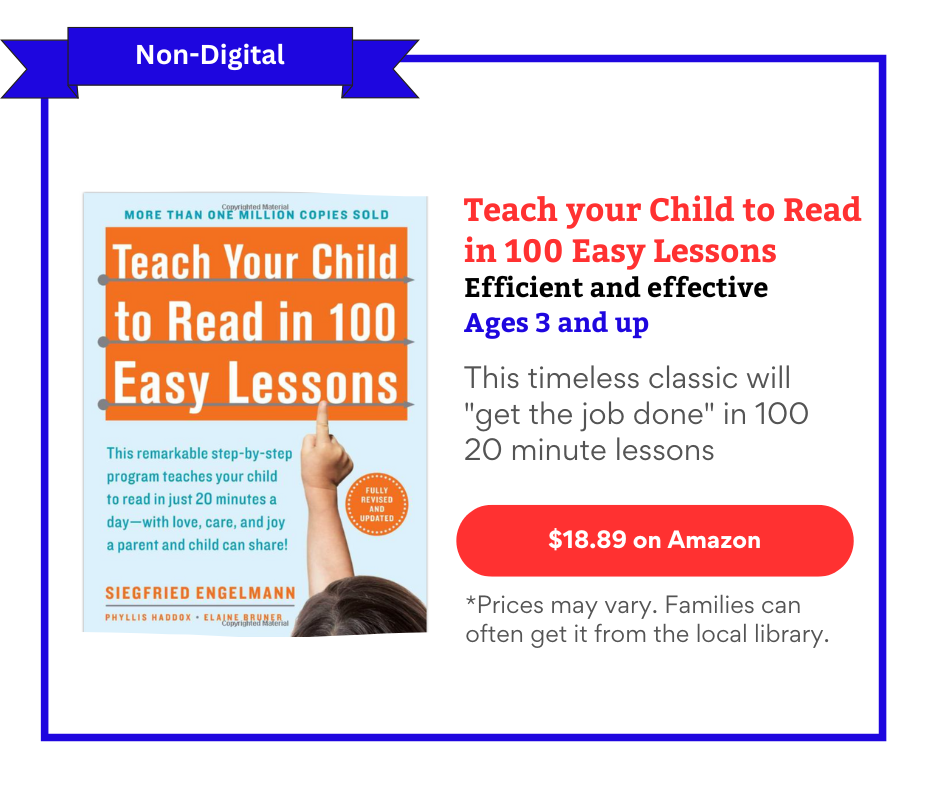
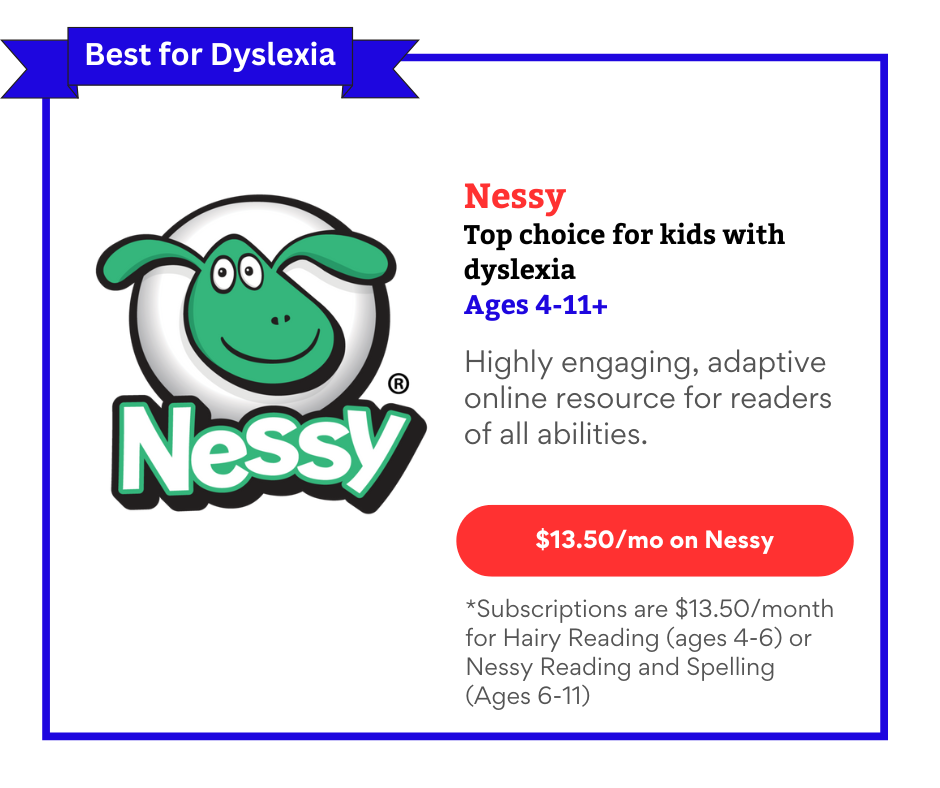

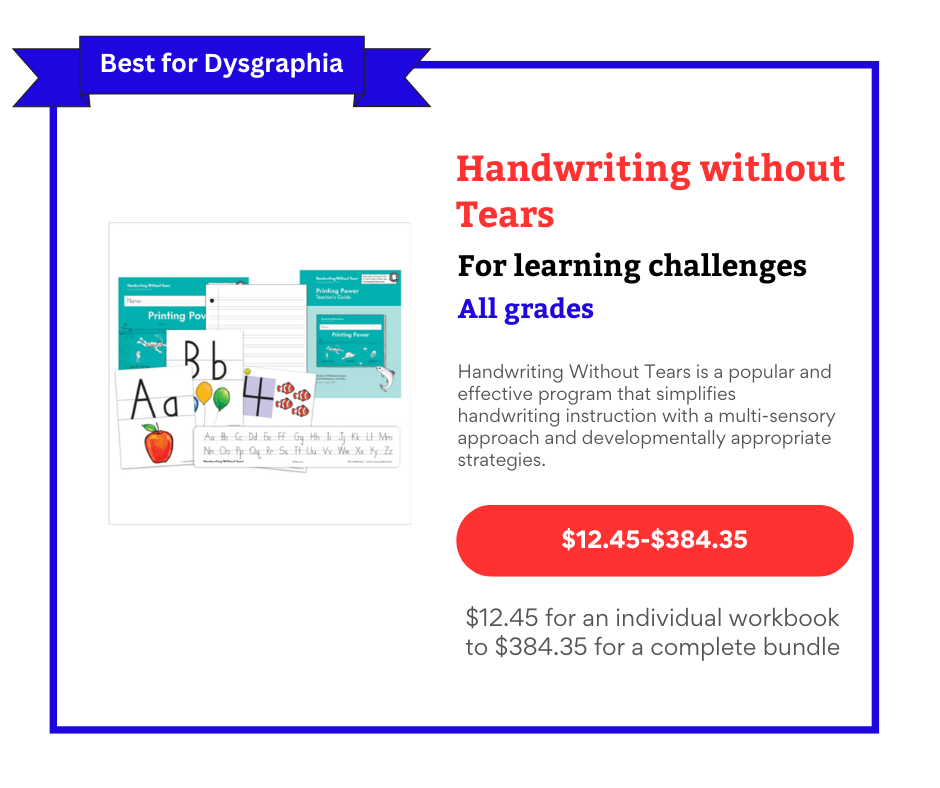


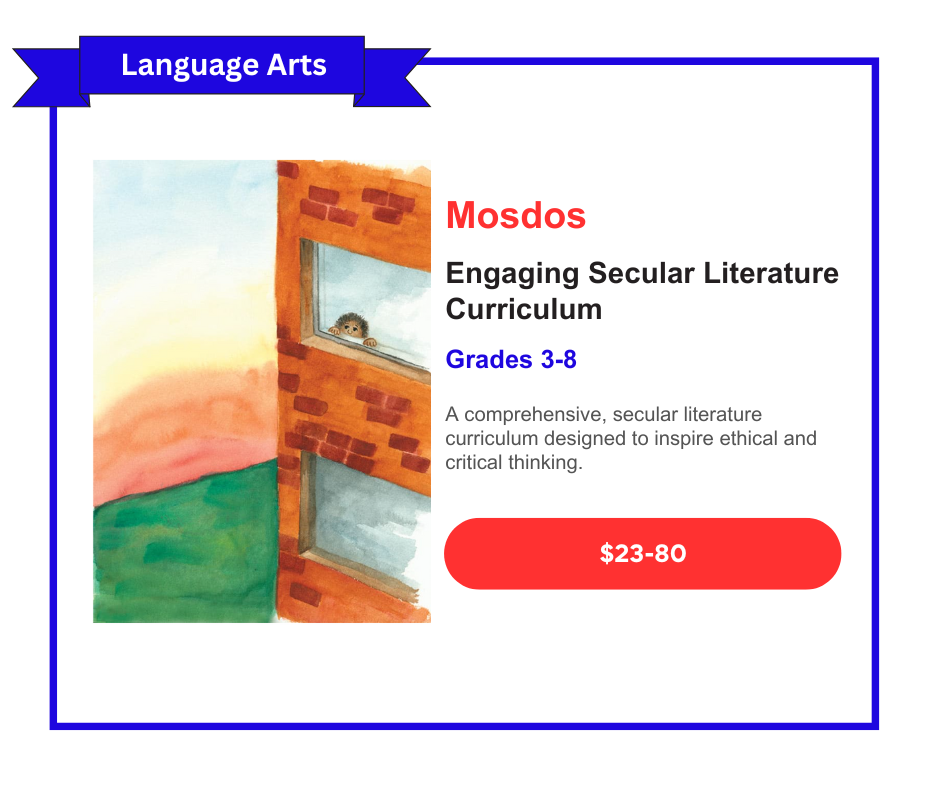
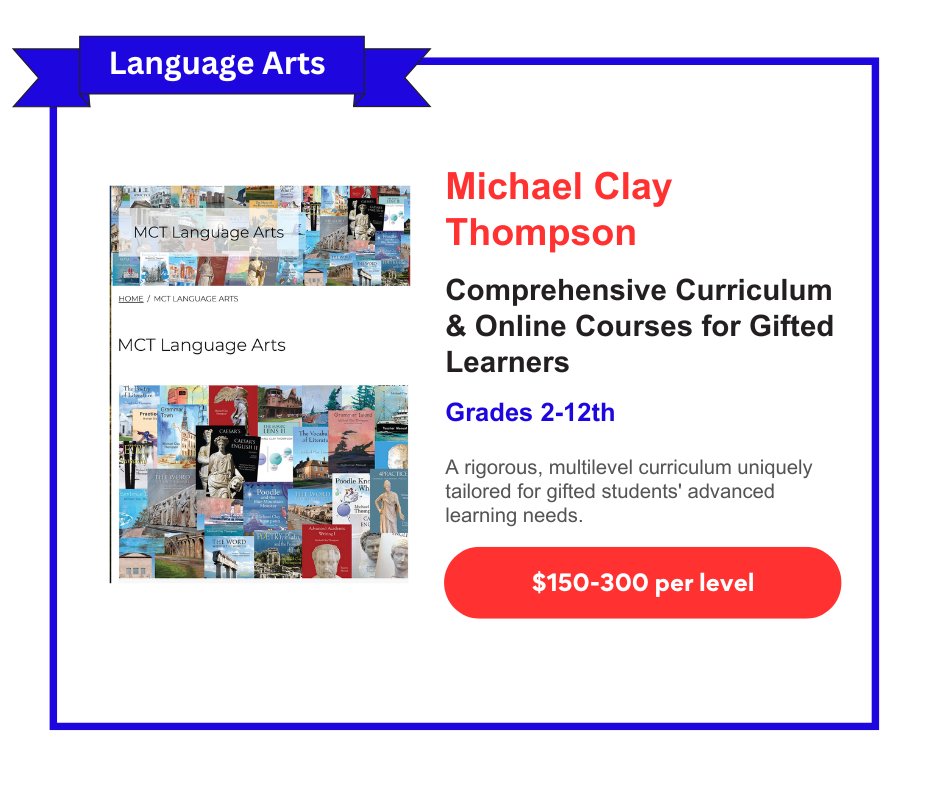

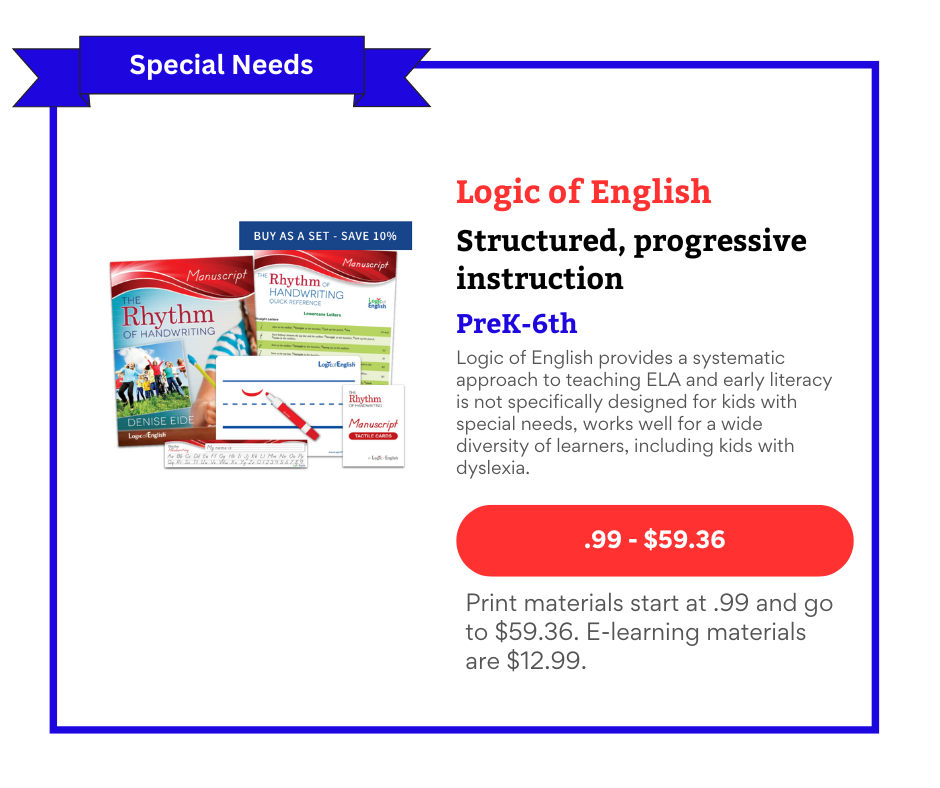

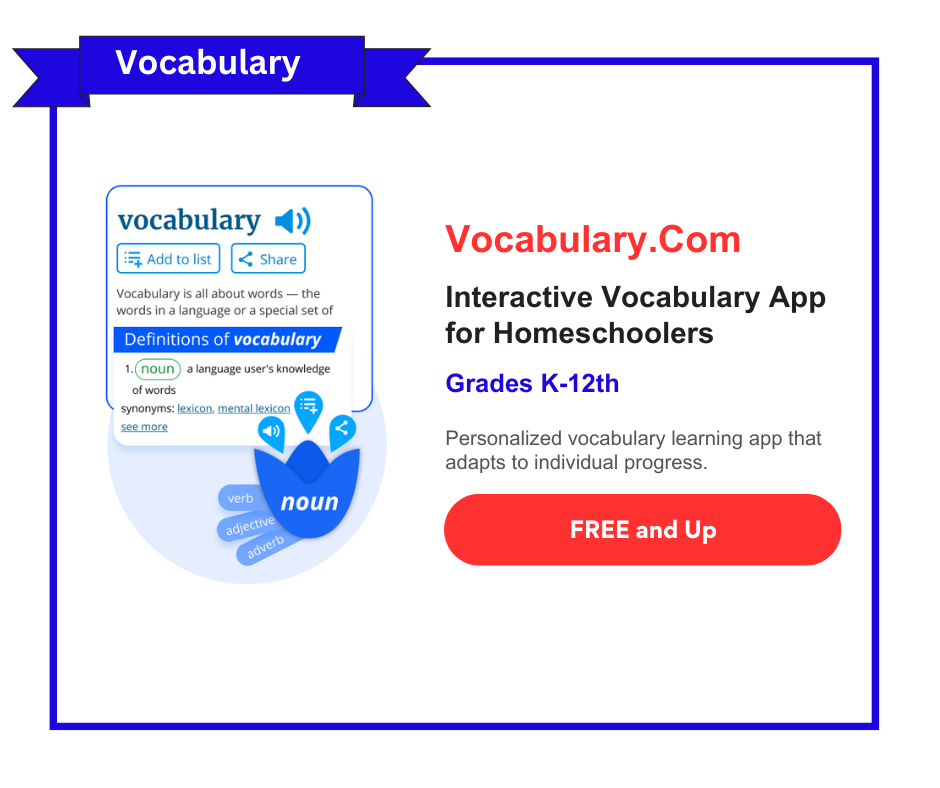
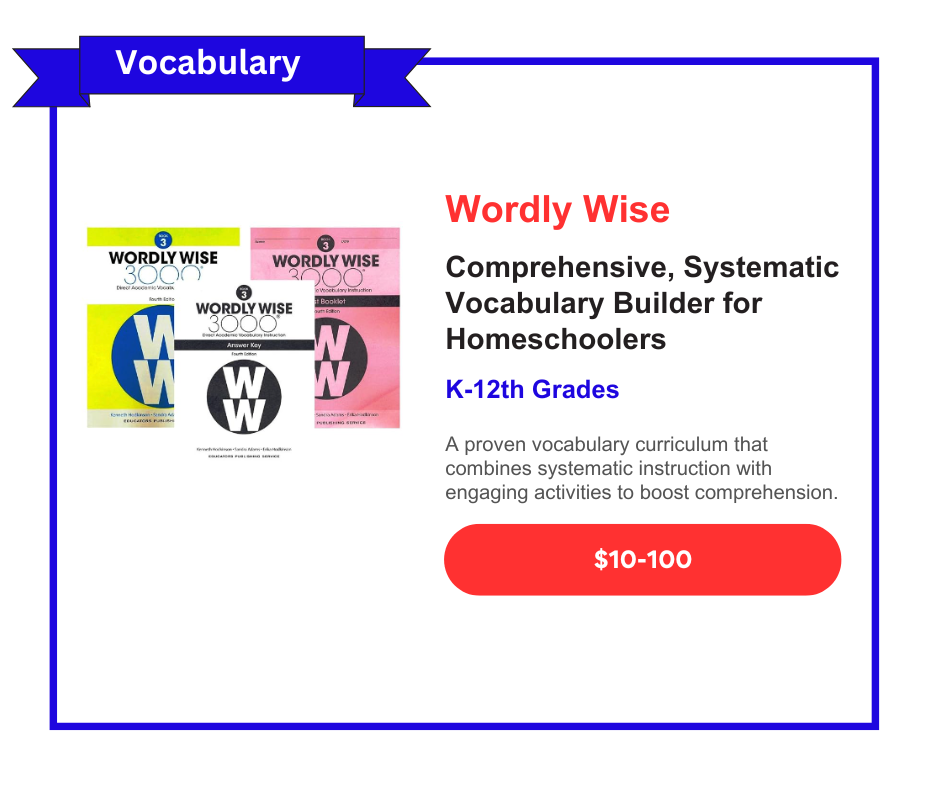
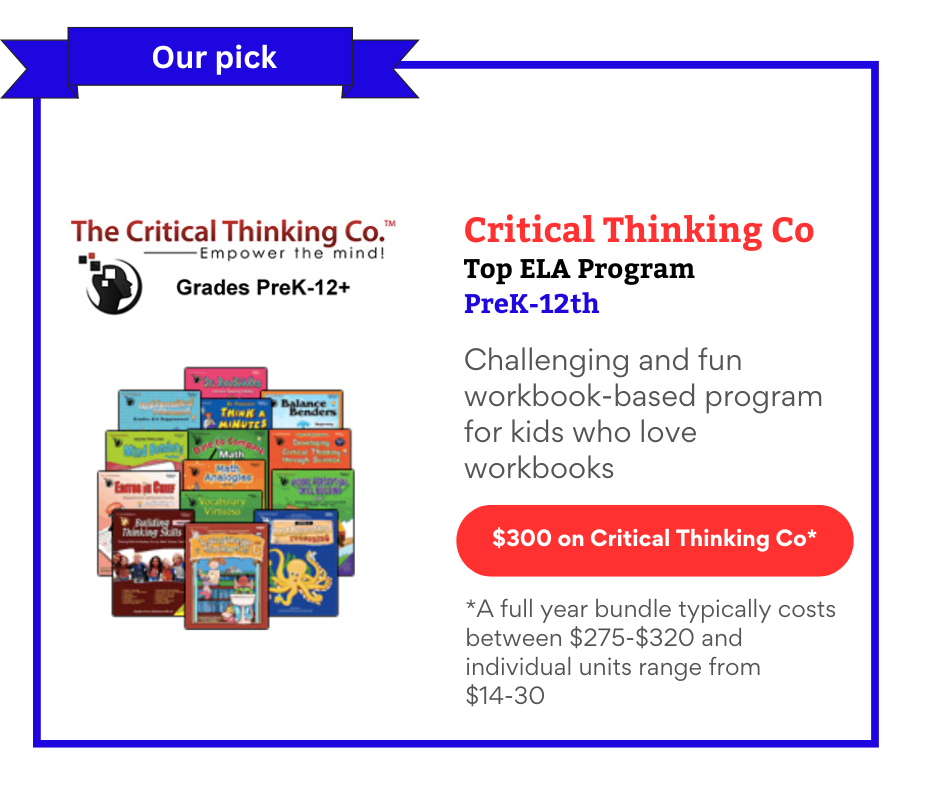
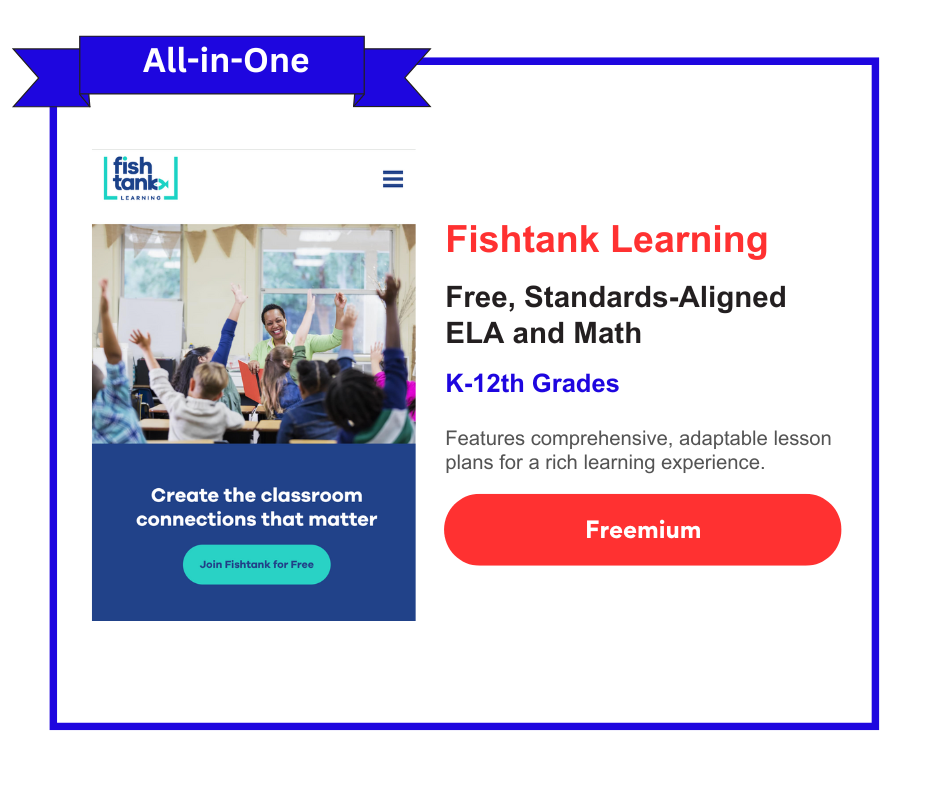
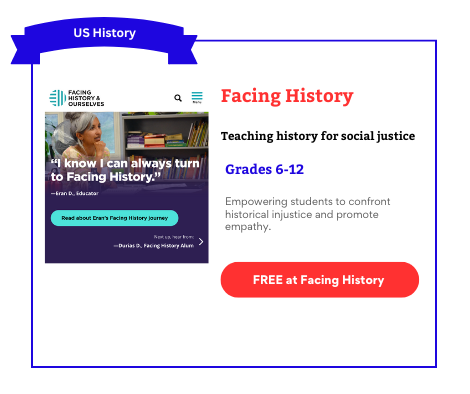

Discover Wild Reading, the innovative homeschool reading curriculum that blends nature exploration with foundational literacy skills, designed to engage and educate young readers.